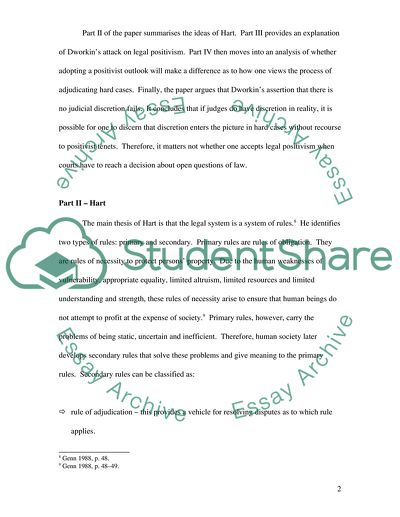Cite this document
(“Harts version of legal positivism and Dworkins attack of Harts Essay”, n.d.)
Retrieved from https://studentshare.org/law/1521889-harts-version-of-legal-positivism-and-dworkins-attack-of-harts-particular-version
Retrieved from https://studentshare.org/law/1521889-harts-version-of-legal-positivism-and-dworkins-attack-of-harts-particular-version
(Harts Version of Legal Positivism and Dworkins Attack of Harts Essay)
https://studentshare.org/law/1521889-harts-version-of-legal-positivism-and-dworkins-attack-of-harts-particular-version.
https://studentshare.org/law/1521889-harts-version-of-legal-positivism-and-dworkins-attack-of-harts-particular-version.
“Harts Version of Legal Positivism and Dworkins Attack of Harts Essay”, n.d. https://studentshare.org/law/1521889-harts-version-of-legal-positivism-and-dworkins-attack-of-harts-particular-version.


